#Space Science
Explore tagged Tumblr posts
Text

The Orion Nebula
#orion#orion nebula#planetary nebula#nebula#astronomy#nasa#astronomers#universe#nasa photos#astrophotography#outer space#astrophysics#nasawebb#hubble space telescope#star photography#our universe#the universe#sky#solar system#space program#international space station#space science#space exploration#space#james webb space telescope#nasa science#science facts#planetary science#astronomy facts#astrography
38 notes
·
View notes
Text
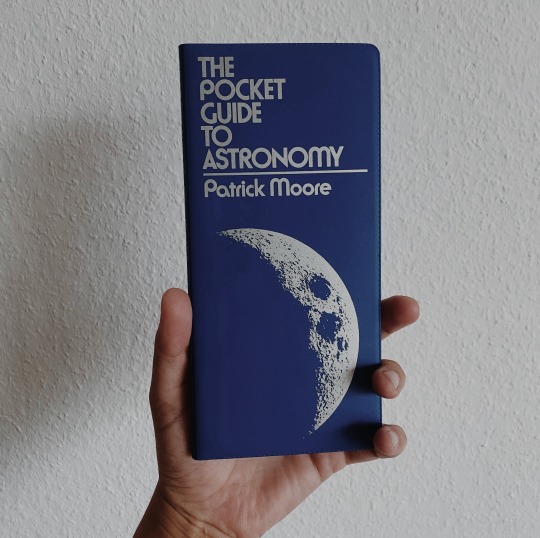





bought this gem secondhand and can’t get over how stunning it is 🪐 reblog is okay, don’t repost/use
#my photos#space science#study space#space#outer space#astronomy#science#stem#stemblr#astrophysics#books#book cover#bookworm#booklover#bookaddict#bookaholic#book aesthetic#bookblr#book blog#studyblr#academia#stem academia#stem aesthetic#light academia#light academia aesthetic
7K notes
·
View notes
Text


Stunning New Images of Jupiter From NASA’s Juno Spacecraft (read article here)
#space exploration#nasa#juno spacecraft#astronomy#space science#astrophotography#space#our solar system#Jupiter#science news#mine#curators on tumblr
728 notes
·
View notes
Text
Kelly and Zach Weinersmith’s “A City On Mars”
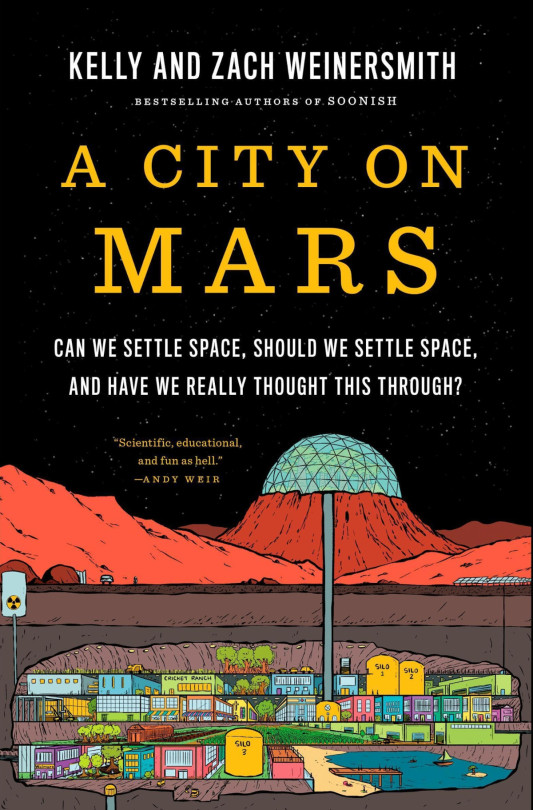
In A City On Mars, biologist Kelly Weinersmith and cartoonist Zach Weinersmith set out to investigate the governance challenges of the impending space settlements they were told were just over the horizon. Instead, they discovered that humans aren't going to be settling space for a very long time, and so they wrote a book about that instead:
https://www.acityonmars.com/
The Weinersmiths make the (convincing) case that ever aspect of space settlement is vastly beyond our current or reasonably foreseeable technical capability. What's more, every argument in favor of pursuing space settlement is errant nonsense. And finally: all the energy we are putting into space settlement actually holds back real space science, which offers numerous benefits to our species and planet (and is just darned cool).
Every place we might settle in space – giant rotating rings, the Moon, Mars – is vastly more hostile than Earth. Not just more hostile than Earth as it stands today – the most degraded, climate-wracked, nuke-blasted Earth you can imagine is a paradise of habitability compared to anything else. Mars is covered in poison and the sky disappears under planet-sized storms that go on and on. The Moon is covered in black-lung-causing, razor-sharp, electrostatically charged dust. Everything is radioactive. There's virtually no water. There are temperature swings of hundreds of degrees every couple of hours or weeks. You're completely out of range of resupply, emergency help, or, you know, air.
There's Helium 3 on the Moon, but not much of it, and there is no universe in which is it cheaper to mine for Helium 3 on the Moon than it is to mine for it on Earth. That's generally true of anything we might bring back from space, up to and including continent-sized chunks of asteroid platinum.
Going to space doesn't end war. The countries that have gone to space are among the most militarily belligerent in human history. The people who've been to space have come back perfectly prepared to wage war.
Going to space won't save us from the climate emergency. The unimaginably vast trove of material and the energy and advanced technology needed to lift it off Earth and get it to Mars is orders of magnitude more material and energy than we would need to resolve the actual climate emergency here.
We aren't anywhere near being a "multiplanetary species." The number of humans you need in a colony to establish a new population is hard to estimate, but it's very large. Larger than we can foreseeably establish on the Moon, on Mars, or on a space-station. But even if we could establish such a colony, there's little evidence that it could sustain itself – not only are we a very, very long way off from such a population being able to satisfy its material needs off-planet, but we have little reason to believe that children could gestate, be born, and grow to adulthood off-planet.
To top it all off, there's space law – the inciting subject matter for this excellent book. There's a lot of space law, and while there are some areas of ambiguity, the claims of would-be space entrepreneurs about how their plans are permissible under the settled parts of space law don't hold up. But those claims are robust compared to claims that space law will simply sublimate into its constituent molecules when exposed to the reality of space travel, space settlement, and (most importantly) space extraction.
Space law doesn't exist in a vacuum (rimshot). It is parallel to – and shares history with – laws regarding Antarctica, the ocean's surface, and the ocean's floor. These laws relate to territories that are both vastly easier to access and far more densely populated by valuable natural resources. The fact that they remain operative in the face of economic imperatives demands that space settlement advocates offer a more convincing account than "money talks, bullshit walks, space law is toast the minute we land on a $14 quadrillion platinum asteroid."
The Weinersmiths have such an account in defense of space law: namely, that space law, and its terrestrial analogs, constitute a durable means of resolving conflicts that would otherwise give rise to outcomes that are far worse for science, entrepreneurship, human thriving or nation-building than the impediments these laws represent.
What's more, space law is enforceable. Not only would any space settlement be terribly, urgently dependent on support from Earth for the long-foreseeable future, but every asteroid miner, Lunar He3 exporter and Martian potato-farmer hoping to monetize their products would have an enforcement nexus with a terrestrial nation and thus the courts of that nation.
But the Weinersmiths aren't anti-space. They aren't even anti-space-settlement. Rather, they argue that the path to space-based scientific breakthroughs, exploration of our solar system, and a deeper understanding of our moral standing in a vast universe cannot start with space settlements.
Landing people on the Moon or Mars any time soon is a stunt – a very, very expensive stunt. These boondoggles aren't just terribly risky (though they are – people who attempt space settlement are very likely to die horribly and after not very long), they come with price-tags that would pay for meaningful space science. For the price of a crewed return trip to Mars, you could put multiple robots onto every significant object in our solar system, and pilot an appreciable fleet of these robot explorers back to Earth with samples.
For the cost of a tiny, fraught, lethal Moon-base, we could create hundreds of experiments in creating efficient, long-term, closed biospheres for human life.
That's the crux of the Weinersmiths' argument: if you want to establish space settlements, you need to do a bunch of other stuff first, like figure out life-support, learn more about our celestial neighbors, and vastly improve our robotics. If you want to create stable space-settlements, you'll need to create robust governance systems – space law that you can count on, rather than space law that you plan on shoving out the airlock. If you want humans to reproduce in space – a necessary precondition for a space settlement that lasts more than a single human lifespan – then we need to do things like breed multiple generations of rodents and other animals, on space stations.
Space is amazing. Space science is amazing. Crewed scientific space missions are amazing. But space isn't amazing because it offers a "Plan B" for an Earth that is imperiled by humanity's recklessness. Space isn't amazing because it offers unparalleled material wealth, or unlimited energy, or a chance to live without laws or governance. It's not amazing because it will end war by mixing the sensawunda of the "Pale Blue Dot" with the lebensraum of an infinite universe.
A science-driven approach to space offers many dividends for our species and planet. If we can figure out how to extract resources as dispersed as Lunar He3 or asteroid ice, we'll have solved problems like extracting tons of gold from the ocean or conflict minerals from landfill sites, these being several orders of magnitude more resource-dense than space. If we can figure out how to create self-sustaining terraria for large human populations in the radiation-, heat- and cold-blasted environs of space, we will have learned vital things about our own planet's ecosystems. If we can build the robots that are necessary for supporting a space society, we will have learned how to build robots that take up the most dangerous and unpleasant tasks that human workers perform on Earth today.
In other words, it's not just that we should solve Earth's problems before attempting space settlement – it's that we can't settle space until we figure out the solutions to Earth's problems. Earth's problems are far simpler than the problems of space settlement.
As I read the Weinersmiths' critique of space settlement, I kept thinking of the pointless AI debates I keep getting dragged into. Arguments for space settlement that turn on existential risks (like humanity being wiped out by comets, sunspots, nuclear armageddon or climate collapse) sound an awful lot like the arguments about "AI safety" – the "risk" that the plausible sentence generator is on the verge of becoming conscious and turning us all into paperclips.
Both arguments are part of a sales-pitch for investment in commercial ventures that have no plausible commercial case, but whose backers are hoping to get rich anyway, and are (often) sincerely besotted with their own fantasies:
https://locusmag.com/2023/12/commentary-cory-doctorow-what-kind-of-bubble-is-ai/
Both AI and space settlement pass over the real risks, such as the climate consequences of their deployment, or the labor conditions associated with their production. After all, when you're heading off existential risk, you don't stop to worry about some carbon emissions or wage theft.
And critically, both ignore the useful (but resolutely noncommercial) ways that AI or space science can benefit our species. AI radiology analysis might be useful as an adjunct to human radiological analysis, but that is more expensive, not less. Space science might help us learn to use our materials more efficiently on Earth, and that will come long before anyone makes rendezvous with a $14 quadrillion platinum asteroid.
There are beneficial uses for LLMs. When the Human Rights Data Analysis Group uses an LLM to help the Innocence Project New Orleans extract and categorize officer information from wrongful conviction records, they are doing something valuable and important:
https://hrdag.org/tech-notes/large-language-models-IPNO.html
It's socially important work, a form of automation that is an unalloyed good, but you won't hear about it from LLM advocates. No one is gonna get rich on improving the efficiency of overturning wrongful convictions with natural language processing. You can't inflate a stock bubble with the Innocence Project.
By the same token, learning about improving gestational health by breeding multigenerational mouse families in geosynchronous orbit is no way to get a billionaire tech baron to commit $250 billion to space science. But that's not an argument against emphasizing real science that really benefits our whole species. It's an argument for taking away capital allocation authority from tech billionaires.
I'm a science fiction writer. I love stories about space. But I can distinguish fantasy from reality and thought experiments from suggestions. Kim Stanley Robinson's 2015 novel Aurora – about failed space settlement – is every bit as fascinating and inspirational as "golden age" sf:
https://memex.craphound.com/2015/11/02/kim-stanley-robinsons-aurora-space-is-bigger-than-you-think/
But still, it inspired howls of outrage from would-be space colonists. So much so that Stan wrote a brilliant essay explaining what we were all missing about space settlement, which I published:
https://boingboing.net/2015/11/16/our-generation-ships-will-sink.html
With City on Mars, the Weinersmiths aren't making the case for giving up on space, nor are they trying to strip space of its romance and excitement. They're trying to get us to focus on the beneficial, exciting, serious space science we can do right now, not just because it's attainable and useful – but because it is a necessary precondition for any actual space settlement in the distant future.

If you'd like an essay-formatted version of this post to read or share, here's a link to it on pluralistic.net, my surveillance-free, ad-free, tracker-free blog:
https://pluralistic.net/2024/01/09/astrobezzle/#send-robots-instead
#pluralistic#books#reviews#space#bezzles#mars#spacex#robots#science#space science#space travel#space settlement#space colonization
1K notes
·
View notes
Text
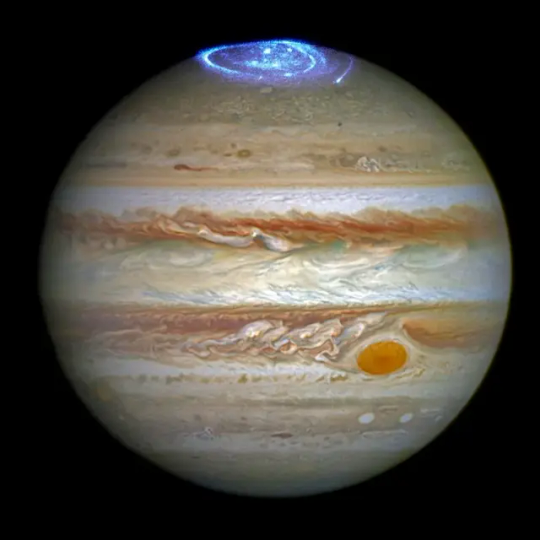
Jupiter’s Aurora
Jupiter's auroras are spectacular natural light displays that occur at the planet's poles, similar to the auroras seen on Earth. The auroras were photographed during a series of Hubble Space Telescope
Credit: NASA, ESA, and J. Nichols (University of Leicester); Acknowledgment: A. Simon (NASA/GSFC) and the OPAL team
#jupiter#aurora#space#cosmos#nasa#astronomy#universe#outer space#space exploration#space science#aesthetic#hubble#planets
239 notes
·
View notes
Text

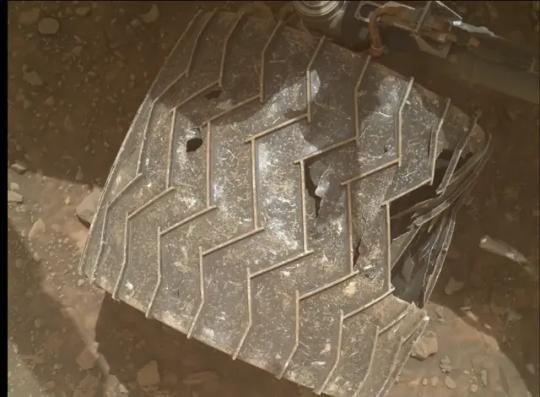
New NASA images reveal giant hole in Curiosity rover's wheel after 12 years of 'abuse' on Mars
Images captured by Curiosity's onboard cameras show several large tears in the tire of one of the rover's wheels. However, the damage does not appear to be slowing the roaming robot down.
Curiosity first touched down on Mars on Aug. 5, 2012 and was initially only expected to last for two years. But the hardy rover has defied expectations and has lasted 4,323 Martian days, or Sols, on the Red Planet, traveling more than 20 miles (32 kilometers) around the Gale Crater, where it originally landed.
However, new photos taken by Curiosity's Mars Hand Lens Imager (MAHLI) and released by NASA on Sept. 24 reveal that the rover's epic journey has taken a toll on the robot's middle right wheel. The images show several large tears in the wheel's heavily scratched tire, including one particularly large hole that reveals the wheel’s inner mechanisms. It is currently unclear when these holes first emerged or if any of the rover's other wheels have suffered similar damage.
The damage may look bad but Curiosity "is still holding up well despite taking some of the worst abuse from Mars," mission operations engineer Ashley Stroupe wrote in the statement.
By Harry Baker.
#giant hole in Curiosity rover's wheel#Curiosity#mars rover#mars#nasa#nasa science#nasa photos#nasa picture of the day#science#space#space travel#space science#space exploration
211 notes
·
View notes
Text




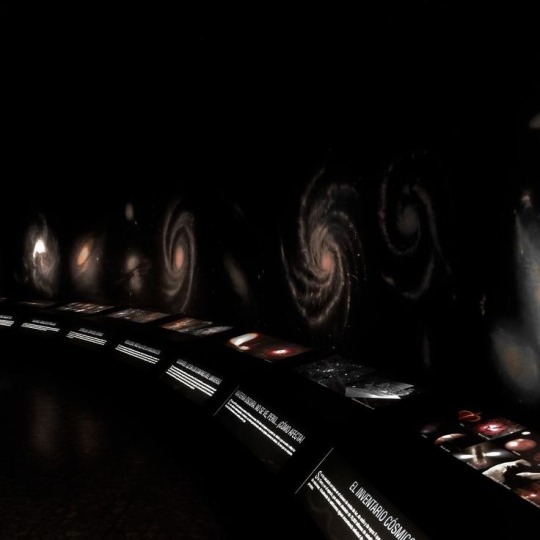


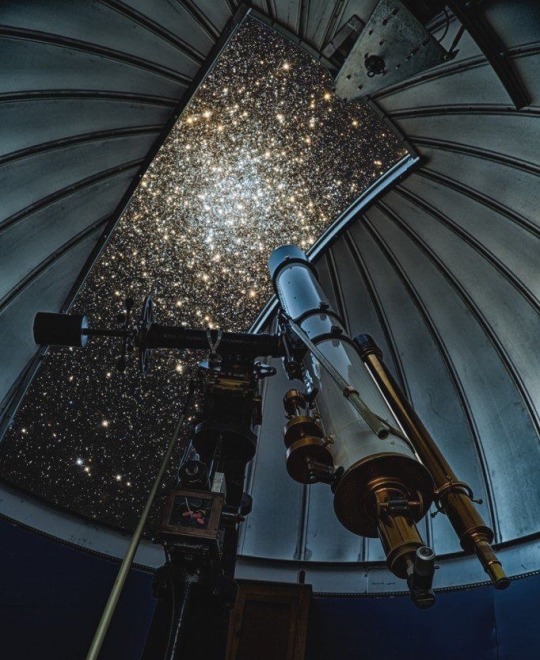
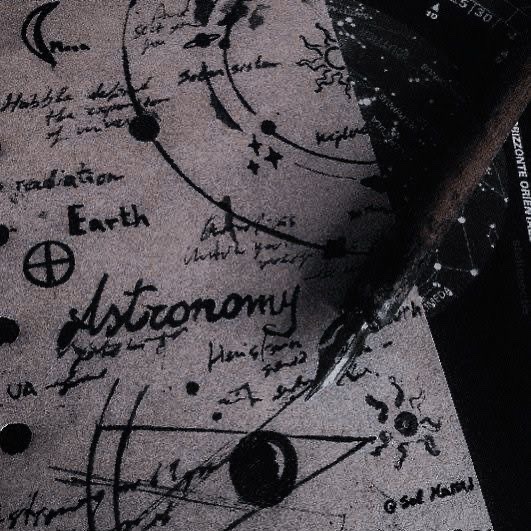

Astronomy/Astrophysics >>>>>>>>>>>
317 notes
·
View notes
Text
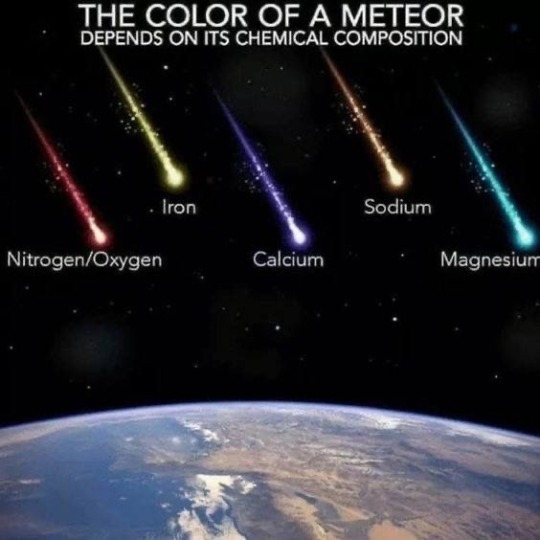
The Colour of meteor
#astronomy#astrophotography#astrophysics#night sky#space science#physics#mathematics#biology#chemistry#meteorology#meteor
867 notes
·
View notes
Text

Do you know someone who’s interested in teaching science? The Museum’s Master of Arts in Teaching Earth Science Residency Program (MAT ESRP) is a fully-funded, accredited degree-granting fellowship program. Apply now through January 31, 2025!
Learn to teach Earth and space science for grades 7-12 in New York. Benefits of the program include:
A full-time, 15-month program
$40,000 stipend for living expenses
100% employment rate post-graduation
Experience teaching in schools
Science coursework at a world-class museum, led by research scientists and teacher educators
Play your part in the intellectual, cultural, and social community of New York and inspire the next generation of scientists! Learn more or sign up for an information session.
#science#museum#amnh#natural history#master of arts#stem#teachers#education#educators#earth science#space science#teaching#new york
136 notes
·
View notes
Photo

#star trek#stng#capitalism#politics#philosophy#futurism#scifi#star trek the next generation#space#space science
1K notes
·
View notes
Text
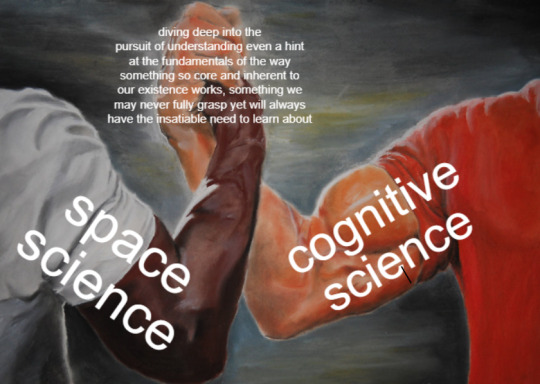
#science#women in stem#academia#stem#stemblr#space science#physics#astrophysics#astronomy#quantum mechanics#general relativity#cognitive science#psychology#neuroscience#cognitive neuroscience#philosophy of science#stem romanticism#stem memes#physics memes#science memes#neuroscience memes
377 notes
·
View notes
Text
There are so many ‘UFO’ threads at the moment. The videos I’ve seen are just unfocused stars. This video is the bright star Sirius - it appears to flash different colours because it’s low in the sky and our atmosphere splits the colour spectrum like a prism
#ufohunters#ufo#aliens and ufos#sirius star#star photography#astronomy#nasa#astronomers#universe#nasa photos#astrophotography#outer space#astrophysics#nasawebb#hubble space telescope#sky#solar system#our universe#the universe#life in the universe#space travel#space program#nasa science#science facts#planetary science#space science#space exploration#astronomy facts#astrography#international space station
31 notes
·
View notes
Text

Earth, which is about 898 million miles (1.44 billion kilometers) away in this image, captured by NASA's Cassini spacecraft 🚀
#space and time#space exploration#outer space#spacex#astronomy#humans are space orcs#astrophotography#solar system#astrophysics#hubble#final space#space science#james webb images#nasa#space#physics
675 notes
·
View notes
Text


Details of Jupiter captured by NASA’s Juno Spacecraft provide insight into the ancient gas giant. (read article here)
#space exploration#astronomy#juno spacecraft#nasa#space science#our solar system#Jupiter#science news#astrophotography#space#mine#curators on tumblr
253 notes
·
View notes
Text
Fresh news from Hubble, and it's a real doozy this time: it found a runaway supermassive black hole.
Let me repeat that:
A runaway SUPERMASSIVE BLACK HOLE.
Half the universe away, an immense object born of concentrated primordial chaos, so powerful it once bound an entire galaxy together, hurtles through the intergalactic void. Its flight through the cosmos so unfathomably violent that it leaves a stream of newborn stars two hundred thousand lightyears long whirling in its wake. Gas and dust in the space between galaxies is spread so thin a particle might never touch another for a million years, and yet this escaped galactic core has dragged the matter in its path into fusion.
What a universe we live in!
#spy has thoughts#science#space#space science#astronomy#astrophysics#Hubble#hubble space telescope#spy's smash hits
918 notes
·
View notes
Photo
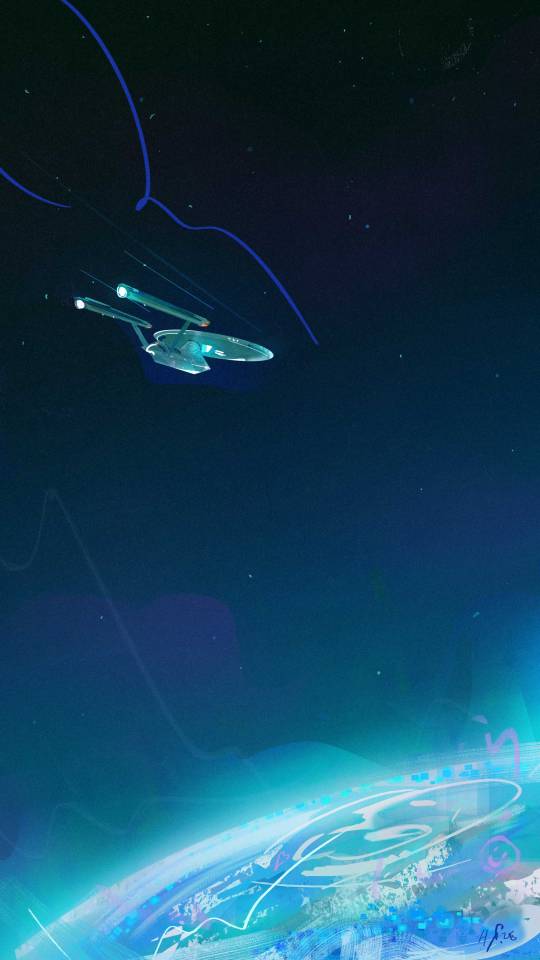
This is the USS Enterprise.
#Not participating fully on#pleinairpril2023#but decided to post some. :)#uss enterprise#starship#star trek tos#star trek tos fanart#hazeilus#star trek fanart#space art#space science#brazilian artist#background art#visual development#visual design#space#the final frontier#kirk fanart#gene roddenberry
1K notes
·
View notes